Jun 11, 2023
🇺🇸 Tipping in Restaurants

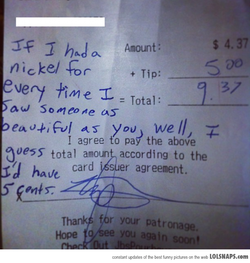



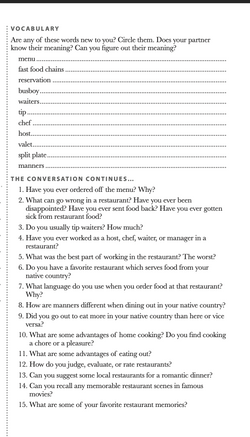

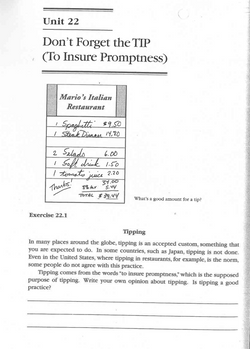
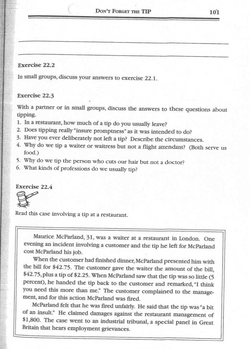

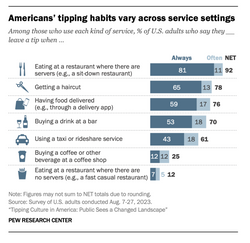
Tipping Culture in America: Public Sees a Changed Landscape
Most U.S. adults say tipping is expected in more places these days, but for many the rules are unclear.
A broad majority of Americans say they’re being asked to tip service workers more frequently than in the past. Around seven-in-ten U.S. adults (72%) say tipping is expected in more places today than it was five years ago, a finding that tracks with anecdotal reporting and has even been dubbed “tipflation.”
But even as Americans say they’re being asked to tip more often, relatively few have a great deal of confidence about when and how to do so. Only about a third say it’s extremely or very easy to know whether (34%) or how much (33%) to tip for different types of services.
Nor is there consensus on whether tipping – which is built into the pay structures and business models of many service industries – is more of a choice or an obligation for consumers. Around two-in-ten Americans (21%) say it’s more of a choice, while 29% say it’s more of an obligation. The largest share (49%) say it depends on the situation, underscoring the lack of a single set of rules or expectations.
We surveyed nearly 12,000 U.S. adults to find out how they feel about the common yet sometimes confusing custom of tipping, including whether they themselves would or wouldn’t tip in specific situations. Among our key findings:
The public is more likely to oppose than favor suggested tip amounts. More Americans oppose (40%) than favor (24%) businesses suggesting tip amounts to their customers – for example, on the bill or on a checkout screen. Another 32% neither favor nor oppose the practice.
Americans broadly oppose automatic service charges. About seven-in-ten adults (72%) say they oppose businesses including automatic service charges or tips on customers’ bills, regardless of group size – including half who strongly oppose the practice. Only 10% favor such charges.
Bar chart showing how Americans’ tipping habits vary across service settings. At sit-down restaurants, 92% say they always or often leave a tip, and 7 in 10 or more tip for haircuts, food delivery and drinks at a bar. Just 12% tip at fast casual restaurants with no servers.
Americans’ tipping behaviors vary widely by situation. About nine-in-ten adults who eat at sit-down restaurants (92%) say they always or often leave a tip in this scenario. Among those using other services, smaller majorities tip when getting a haircut (78%), having food delivered (76%), buying a drink at a bar (70%), or using a taxi or rideshare service (61%). Relatively few Americans always or often tip when buying a coffee (25%) or eating at a fast casual restaurant (12%).
A majority of Americans say they would tip 15% or less for an average meal at a sit-down restaurant. Nearly six-in-ten (57%) say this, including 2% who say they wouldn’t leave any tip. Only a quarter of people say they’d tip 20% or more.
For most people, tipping is first and foremost about service. Around three-quarters of adults (77%) say the quality of the service they receive is a major factor in deciding whether and how much to tip. None of the other factors we asked about comes close.
The survey comes at a time when tipping – a practice that Americans broadly embrace yet have long felt conflicted about – is undergoing significant structural and technological changes. These changes include the expansion of digital payment platforms and devices that encourage tipping and the spread of mandatory service charges.
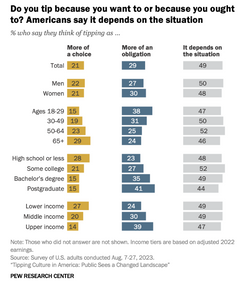

Is tipping more a choice or an obligation?
Take the fundamental question of whether tipping is more of a choice or an obligation, or whether it depends on the situation. Overall, 21% of U.S. adults say it’s more of a choice, 29% say it’s more of an obligation and 49% say it depends.
Bar chart comparing views of tipping across demographic groups. 21% of Americans say they think of tipping as more of a choice, 29% see it as more of an obligation, and nearly half say it depends on the situation.
In nearly every demographic group, the largest share of Americans say tipping depends on the situation. But there are still some differences in the public’s views:
Younger people are likelier than older people to see tipping as more of an obligation. Some 38% of adults under 30 say it’s more of an obligation, compared with smaller shares of older Americans.
Conversely, about three-in-ten among those 65 and older (29%) see tipping as more of a choice, while roughly two-in-ten or fewer say this among younger age groups.
The sense of tipping as an obligation rises with income and education. About four-in-ten upper-income adults (39%) say tipping is more of an obligation, compared with 30% of middle-income people and 24% with lower incomes. Similarly, 41% of Americans with postgraduate degrees say it’s more of an obligation; smaller shares of people with lower levels of educational attainment say this.
Uncertainty over whether to tip, and how much
When it comes to knowing whether or how much to tip, relatively few Americans express a great deal of confidence. About a third of U.S. adults (34%) say it’s extremely or very easy to know whether to tip for different kinds of services these days, and a similar share (33%) say the same about knowing how much to tip. Here, too, there are some key demographic differences:
People with upper incomes and those with more education are less confident about tipping than those with lower incomes or less education. For example, only about a quarter of upper-income people (25%) and those with bachelor’s degrees (26%) say it’s extremely or very easy to know whether to tip in a given situation.
Greater shares of those with upper incomes (37%) and bachelor’s degrees (35%) instead say it’s not too or not at all easy. The results were similar when we asked how easy it is to know how much to tip. (For demographic differences on this and other questions in the survey, read the Appendix.)
Men express more confidence than women about tipping. Men are modestly more likely than women to say it’s extremely or very easy to know whether to tip (37% vs. 32%) and how much to tip (37% vs. 29%).
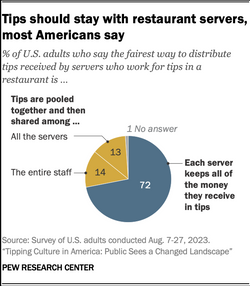
How should tips be distributed?
Then there’s the matter of where the tips themselves should go. To assess this, we prompted Americans to think of a restaurant with wait staff who work for tips and asked how those tips should be distributed.
The balance of opinion is clear: A broad majority of Americans (72%) say the fairest way would be for each server to keep all of the money they receive in tips. Far fewer say the fairest way would be for tips to be pooled together and then shared among the entire staff (14%) or among all the servers (13%).
It’s not uncommon for restaurants to require servers (who, by the nature of their jobs, collect the most tips) to share tips with bartenders, food runners, table bussers, hosts and other workers. Such “tip pool” or “tipping out” arrangements are extensively regulated by state and federal law. Certain workers may or may not be eligible to participate, depending on how they’re paid.
By undefined
17 notes ・ 10 views
English
Advanced